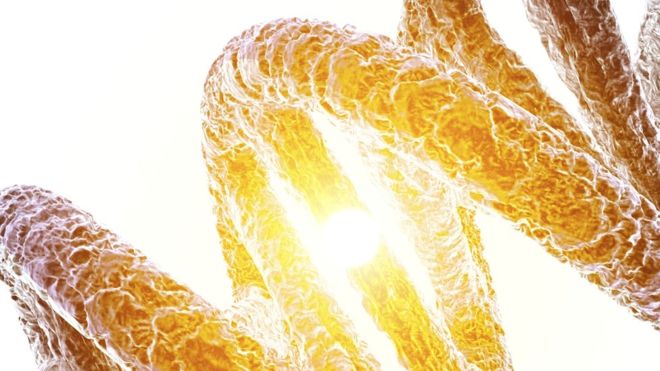
Photo credit: SCIENCE PHOTO LIBRARY
Scientists say they have fine tuned a gene editing method to make it safer and more accurate – vital if it is to be used in humans to cure inherited diseases or inborn errors.
The advance, outlined in Science Magazine, comes as world leaders in the field gather to debate the ethics of altering human DNA using the method, known as Crispr-Cas9.
Gene editing holds medical promise.
But changing a person’s DNA also has potential risks and ethical quandaries.
The first International Summit on Human Gene Editing will debate how far the science should progress.
Crispr-Cas9
Crispr-Cas9 is a DNA cutting and pasting system that scientists have borrowed from nature. Bacteria use it to protect themselves against foreign DNA from viruses. Scientists have been using it in the lab to target and cut out faulty DNA in human cells that cause illnesses.
While effective, the process is less than perfect and can cut out too much DNA, experts have found.

